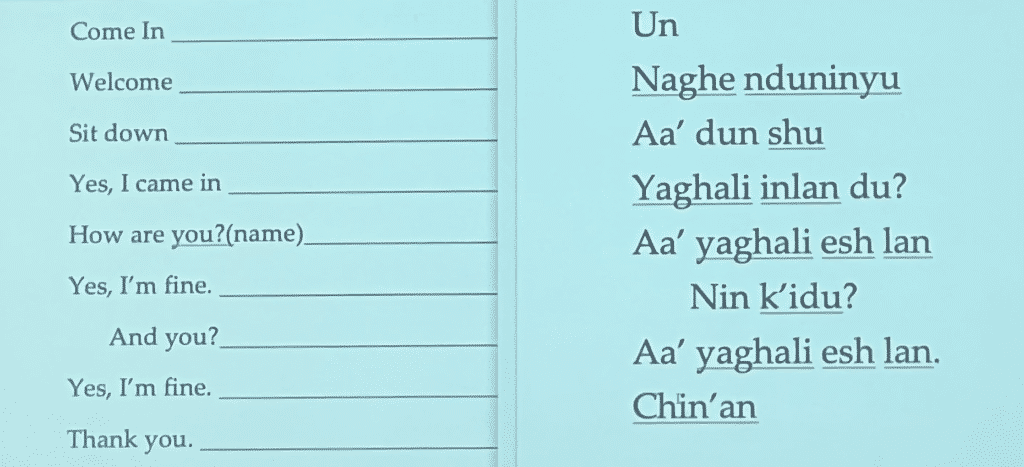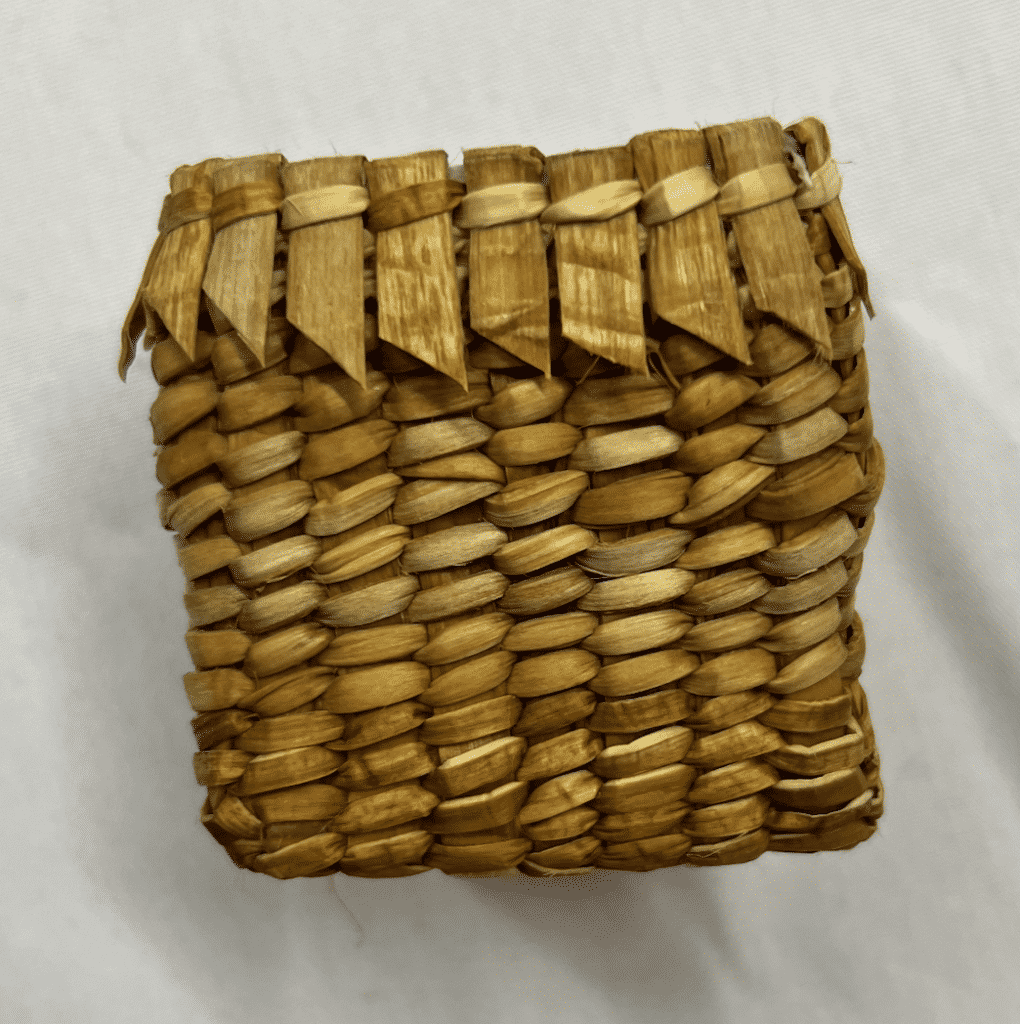24 Oct Connecting to Culture at the 2022 Elders and Youth Conference
A personal reflection on the importance of Elder and youth connection

I had the fortune to attend the 2022 Elders and Youth Convention. This four-day convention was life-changing. I got to experience the benefits that providing an Elder-youth experience can create, such as the transfer of knowledge, Elder and youth pride, and the culmination of emotional healing through connection.
This year’s Elders and Youth Convention theme was “Xuu’ts’udeelken iin—Relatives of Ours,” and it could not have described the overall vibe and feeling of the event more perfectly. From the Youth Keynote to the cultural workshops, everywhere I went, I felt warmth and excitement as Elders and youth intermingled in a beautiful chaos of excitement around culture, connection, and community.
I attended a handful of events that incorporated elementary Dena’ina language, where I learned phrases like, Un, which means “come in” and Yaghali inlan du? which translates to “how are you?” While I am Cup’ik/Yup’ik, I live on Dena’ina land and wanted to learn some basic words in an effort to appreciate the rich history of the people who have occupied this land for many generations.
I also got to hear our very own Macuar Michelle Sparck (Cup’ik), director of strategic initiatives for Get Out the Native Vote (GOTNV), share information with attendees about voting processes and answer many questions that will help our people make a difference in the upcoming election.
I think that of everything I did, the Weaving Our World cedar basket weaving class is one of the areas where I felt a tremendous amount of peace and growth in this busy time. The class of fifty was led by Della Cheney, and in the two-day workshop, I got to weave my very own red and yellow cedar basket. While I had never weaved, my great-grandmother Qass’uq, who I get my Cup’ik name from, was an excellent grass basket weaver; my aana (Cup’iks affectionately call their grandmothers our word for “mom”) is still known for her beautiful grass basket designs. Della’s two sons kept checking on my progress because they insisted that I was a natural and asked me many times if it was really my first-time weaving.
I think one of the most meaningful and invigorating activities was the Healing Houses. This particular event is what I feel tied the conference together as a whole and was an incredible activity that led into the Dance Finale. For the Healing Houses, men, women, and LGBTQIA2S+ people went into three different main rooms to have open discussions with their table groups.

Youth and other attendees were encouraged to find a table with an Elder, who shared stories and knowledge. I spent over an hour with a group of amazing women of all ages learning traditional Yup’ik stories and hearing life stories and lessons from three beautiful Elders. This event was especially incredible because of the immediate connections I saw in interactions between the youth and Elders. It truly highlighted that every Alaska Native person, no matter their specific tribe, is Xuu’ts’udeelken iin—relatives of ours.
Immediately after the Healing Houses, we had the Dance Finale. It was just as amazing as it sounds. Multiple groups and individuals went up to perform, and three stood out to me.

One was a young Lingit girl who sang a Lingit trail song. She appeared to be about 15 years old, and she brought up a friend of hers for support. When the two of them finished their singing and drumming performance, they received a standing ovation from the crowd. Overwhelmed by the support, the Lingit girl hugged her friend and the event coordinators as she cried tears of gratitude and happiness. I didn’t see another dry eye at my table as we all realized that this beautiful moment likely would not have happened just a generation or two ago because youth were in boarding schools or had lost their connection to culture.
The second was a group of Unangax singers. The youth all spoke so confidently in their language. As someone who was not raised speaking my Native language and who was ashamed of my Alaska Native identity while in high school, seeing students speak proudly and confidently in their native tongues made my heart swell with pride and hope that one day, I would be able to do the same.
Last but not least was the final dance. Attendees were invited to dance across the stage as the Mount Saint Elias dance group drummed and danced. The line to dance across the stage went around the massive conference room. One Lingit boy was dancing near the top of the stairs in sealskin piluruqs (boots) and was pretending to harpoon the dancers and pull them up onto the stage. It was absolutely adorable. The stomping, the cheers, the singing in unison of hundreds of voices all mingling together again highlighted Xuu’ts’udeelken iin, because we are one People.
If you have never been or have youth that would benefit from seeing a fierce pride in culture and identity, I encourage you to attend the event next year. My life is better and my cultural identity and connection stronger thanks to this event.


